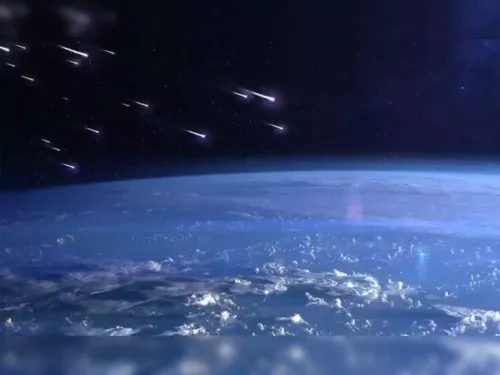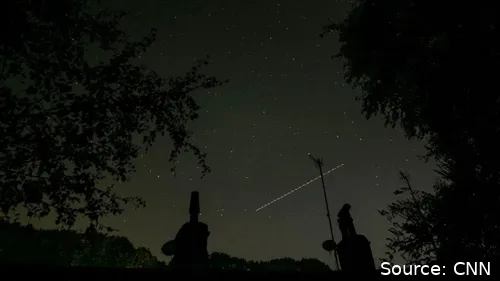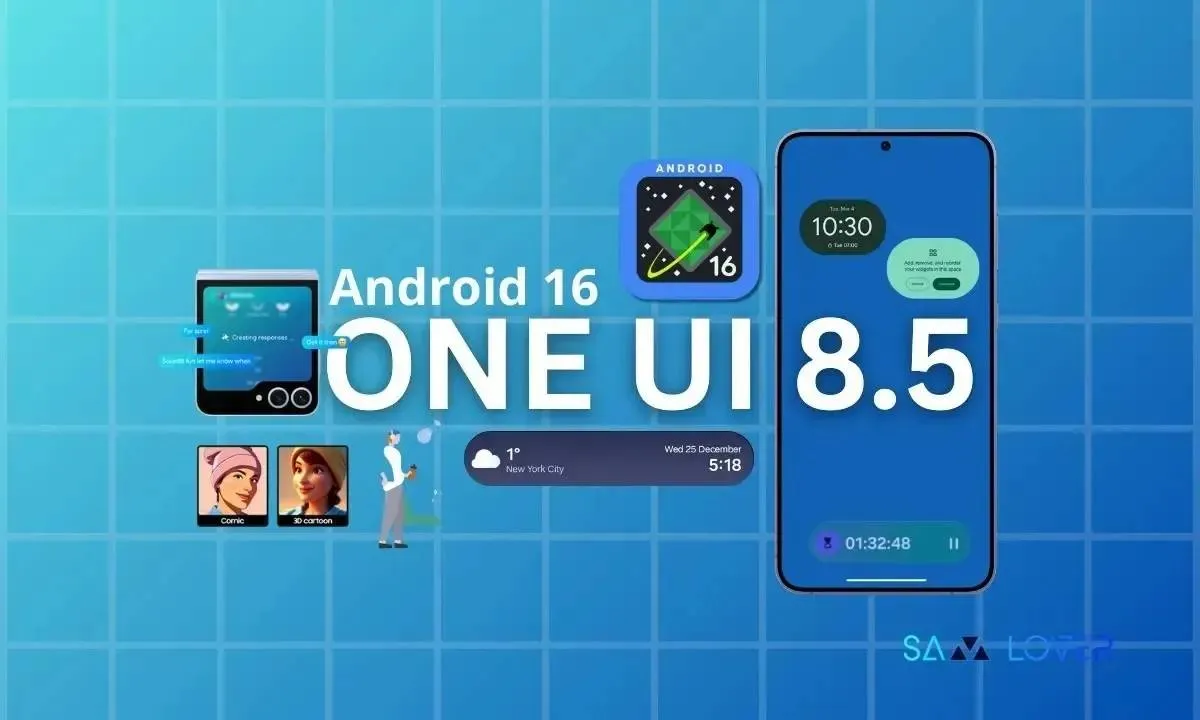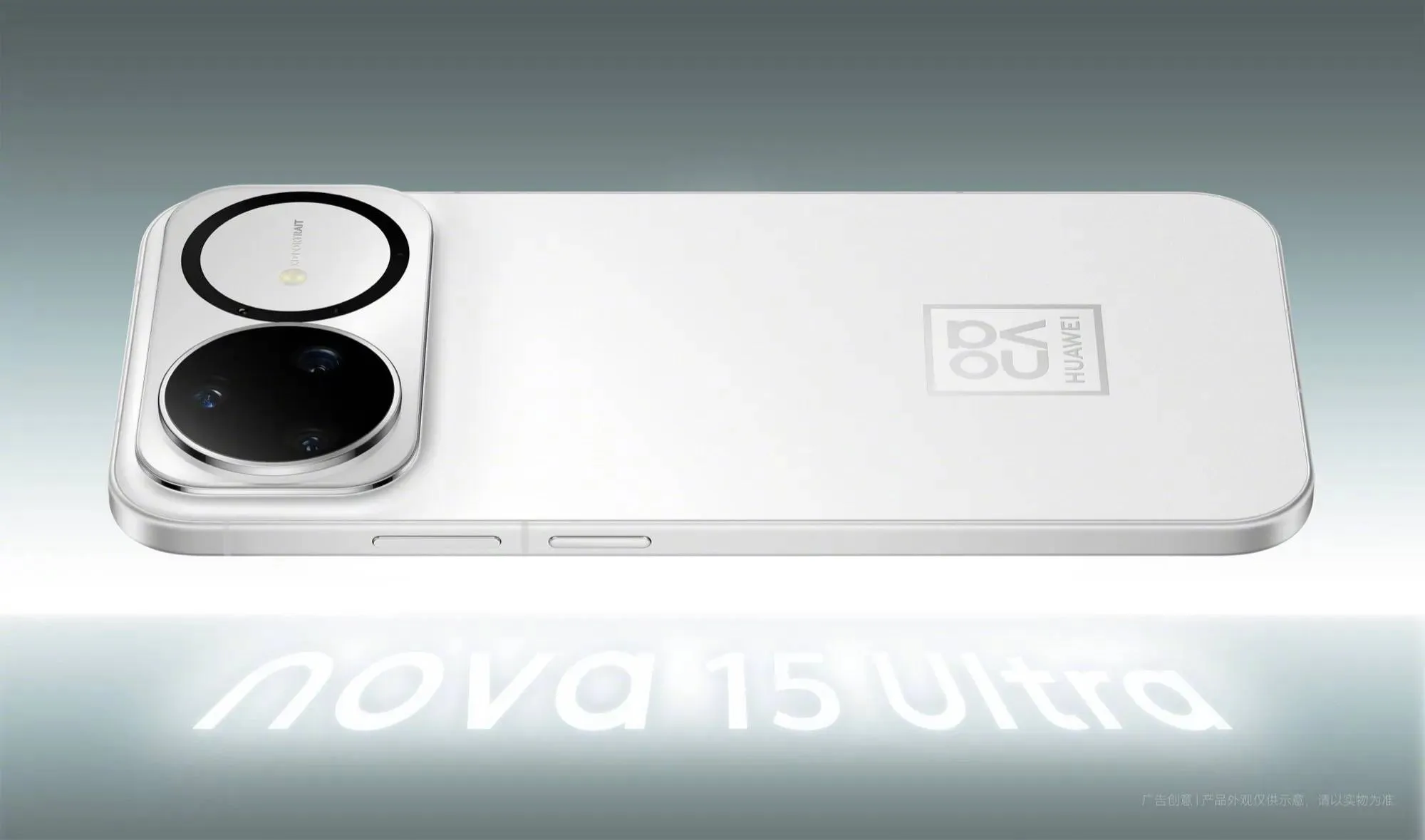
The Draconid meteor shower is an annual event that occurs between October 6 and 10, with its peak expected on October 9. The Draconids are caused by the debris left by comet 21P/Giacobini-Zinner, which takes around 6.5 years to orbit the sun and last passed by Earth in 2018.

Source: The Economic Times
The shower receives its name from the fact that the meteors appear to be coming from the constellation Draco the Dragon. Every year in early October, Earth passes close to the orbit of this comet. Draconid meteors move more slowly than those seen during other showers, thus they can be seen for one or two seconds. Furthermore, the moon will be just 23% illuminated at its present phase, allowing for enhanced visibility of weak meteors as night falls.
Best Time and Location to Watch the Draconid Meteor Shower
The best way to watch the Draconid meteor shower is to pick an evening with no clouds and go somewhere away from light pollution, with the optimum time usually just after midnight. Unlike some other famous meteor showers, the Draconids' most impressive viewing time is just after dark, rather than in the middle of the night. To see this shower, first locate the Draco constellation, from where the Draconids appear to originate (hence their name). From North America, look high to the northwest after sunset. If you can locate Ursa Major, the Big Dipper, Draco will be about 30 degrees above it, or three widths of your fist at arm's length. Otherwise, a stargazing app could help you locate it.
How to Watch the Draconid Meteor Shower
As with any meteor shower, you don’t need to pinpoint its source to see it. The meteors will fly across the sky in all directions, but this one is named after the constellation it radiates from, Draco. To best see the Draconids meteor shower, go to the darkest possible location, lean back and relax. You will have to lean back on a reclining lawn chair or pick a position where you can lie on your back and have a wide view of the sky.
You don't need any equipment like telescopes. Find a spot away from as much light as possible, set up a comfortable chair and allow your eyes time to adjust. Lie or sit back and watch the sky, waiting for flashes of light to streak across it. You will know if you see a meteor because it moves across the sky in a matter of seconds.
If you live in a city, you should go for a drive to avoid city lights, which might make the meteor shower appear dim. Camping in the country can also triple the number of visible meteors, according to NASA experts. Oh, do not forget to bring your camera with you. Meteor showers provide an excellent chance for time-lapse photography and long-exposure photography. If the Draconids leave you cold or bad weather obscures your view, there are a few more meteor showers to look forward to this year. Some of them are listed below

Source: Sky News
Meteor showers
Most of the other meteor showers projected to peak this year will be most visible in regions without light pollution. That is, from late in the evening to morning. According to CNN, the following are the peak dates for the events:
- Orionids: Oct 20-21
- Southern Taurids: Nov 4-5
- Northern Taurids: Nov 11-12
- Leonids: Nov 17-18
- Geminids: Dec 13-14
- Ursids: Dec 21-22
Full moons
According to a Farmers’ Almanac report, the remaining Full Moons for the year 2023 are
- Hunter's moon: Oct 28
- Beaver moon: Nov 27
- Cold moon: Dec 26
Solar and Lunar eclipses
On October 14, people in North, Central, and South America will be able to see an annular solar eclipse. During the event, which is also known as the "ring of fire," the moon will pass between the sun and Earth at or near its farthest point from the Earth. The moon will be smaller than the sun and will be surrounded by a dazzling halo. Viewers should wear eclipse glasses to protect their eyes while viewing the phenomena.
On October 28, there will also be a partial moon eclipse. Because the sun, Earth, and moon are not perfectly aligned, just a portion of the moon will be in shadow. Parts of Europe, Asia, Australia, parts of North America, and much of South Africa will be able to see this partial eclipse.
How Rare are Meteor Storms?
Meteor storms can happen because debris from the comet's leftovers has been put on a show in the past. However, they've been relatively quiet in recent years. The most productive years occurred in 1933 and 1946. Although, according to Space and EarthSky reports, 2011 was also a good year for the Draconid meteor shower as well.

Source: CNN
Conclusion
A meteor storm, or an explosion of Draconid meteors racing across the sky, might be an intriguing potential for stargazers. Meteor showers occur when our planet passes through debris trails created by comets and asteroids as they orbit the sun. They eject particles of rock and ice as they pass. Meteor storms can occur when comet debris is concentrated close to the comet rather than spread out when Earth passes through the comet's trail.
The Draconid meteor shower is a beautiful and rare event that occurs annually. To see it, you need to go to a dark location. This should be away from light pollution, and look towards the Draco constellation. The best time to watch is just after midnight, and you don't need any equipment like telescopes. The Draconids are usually a sleeper, producing only a handful of languid meteors per hour in most years. However, in rare instances, fiery Draco has been known to spew forth many hundreds of meteors in a single hour.
Popular News
Latest News
Loading






